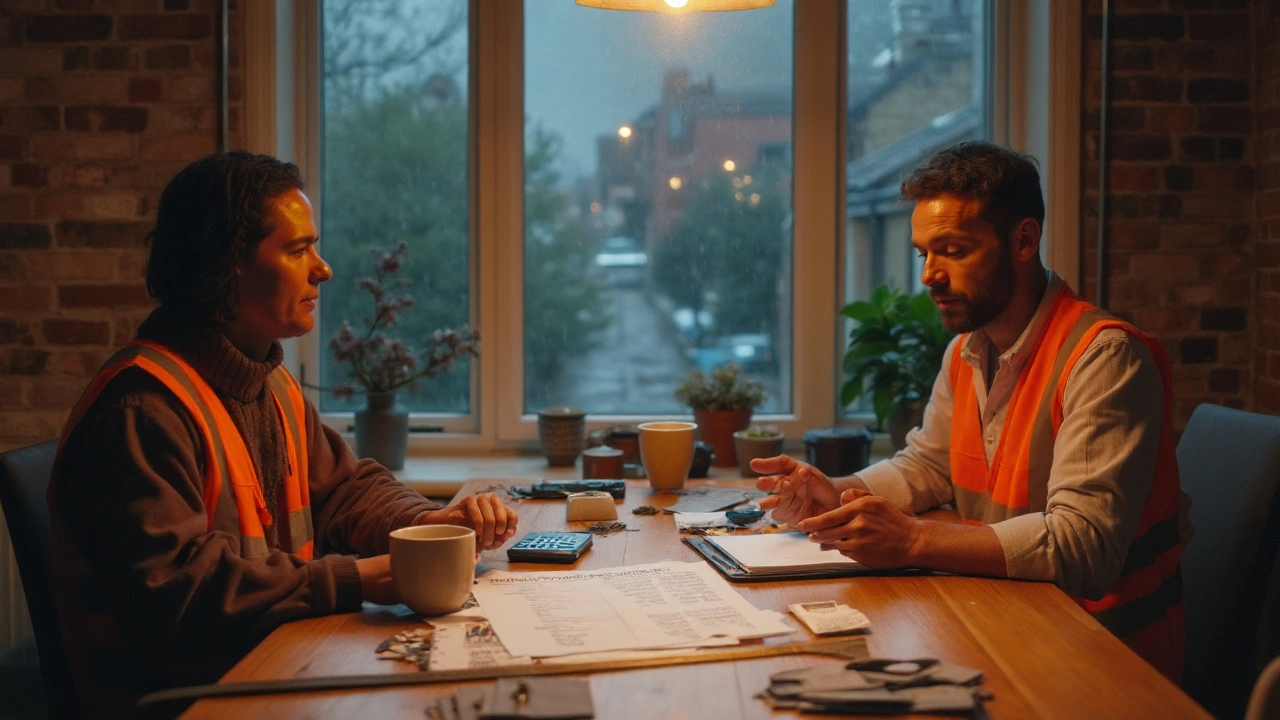Underinsurance: Why It Happens and How to Fix It
Ever paid a claim only to find out your insurer won’t cover the full loss? That’s underinsurance – you’ve bought a policy, but the limits are too low for the risk you really face. It’s a silent money‑drain that shows up when you need protection the most.
How to Spot Underinsurance in Your Policies
First, ask yourself: does the coverage match the actual value of what you own? For a home, compare the rebuilding cost (not the market price) with your policy limit. If you rebuilt after a fire and the insurer only pays out half, you’re underinsured. The same goes for car, health, and even professional liability. Look for these red flags:
- Premiums feel cheap, but the sum insured seems low.
- You’ve added upgrades or extra possessions without raising the limit.
- Your insurer uses outdated valuation methods.
When any of these apply, jot down a quick note – it’s a signal to review the policy.
Practical Steps to Close the Coverage Gap
Fixing underinsurance is easier than you think. Start with a fresh appraisal of the asset: get a builder’s estimate for your house, a dealer’s quote for your car, or a medical cost projection for health plans. Then, call your insurer and ask for a policy rider or a higher limit. Most companies will quote a higher premium, but the extra cost is tiny compared to the loss you’d face otherwise.
If you have multiple policies, bundle them. Bundling often unlocks discounts and makes it simpler to keep limits aligned across your portfolio. Don’t forget to review annually – inflation, renovations, and lifestyle changes can all push your needs higher.
Finally, set a reminder after you receive a claim settlement. Check whether the payout covered the loss fully. If not, that’s a concrete proof point that you need to adjust the coverage for next year.
Underinsurance may feel like a boring paperwork issue, but it directly hits your treasury. A small increase in premium can safeguard a large portion of your net worth, keeping your financial plans on track. Keep an eye on the numbers, ask the right questions, and make sure your insurance matches the real value of what you own.

Replacement cost sounds simple, but what’s the real price? Learn how it’s calculated, what you’ll pay, and how to avoid underinsurance penalties.
Read More